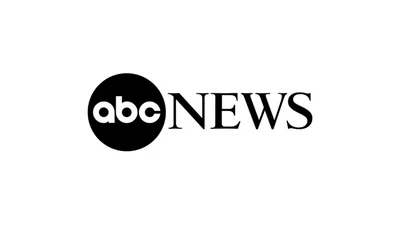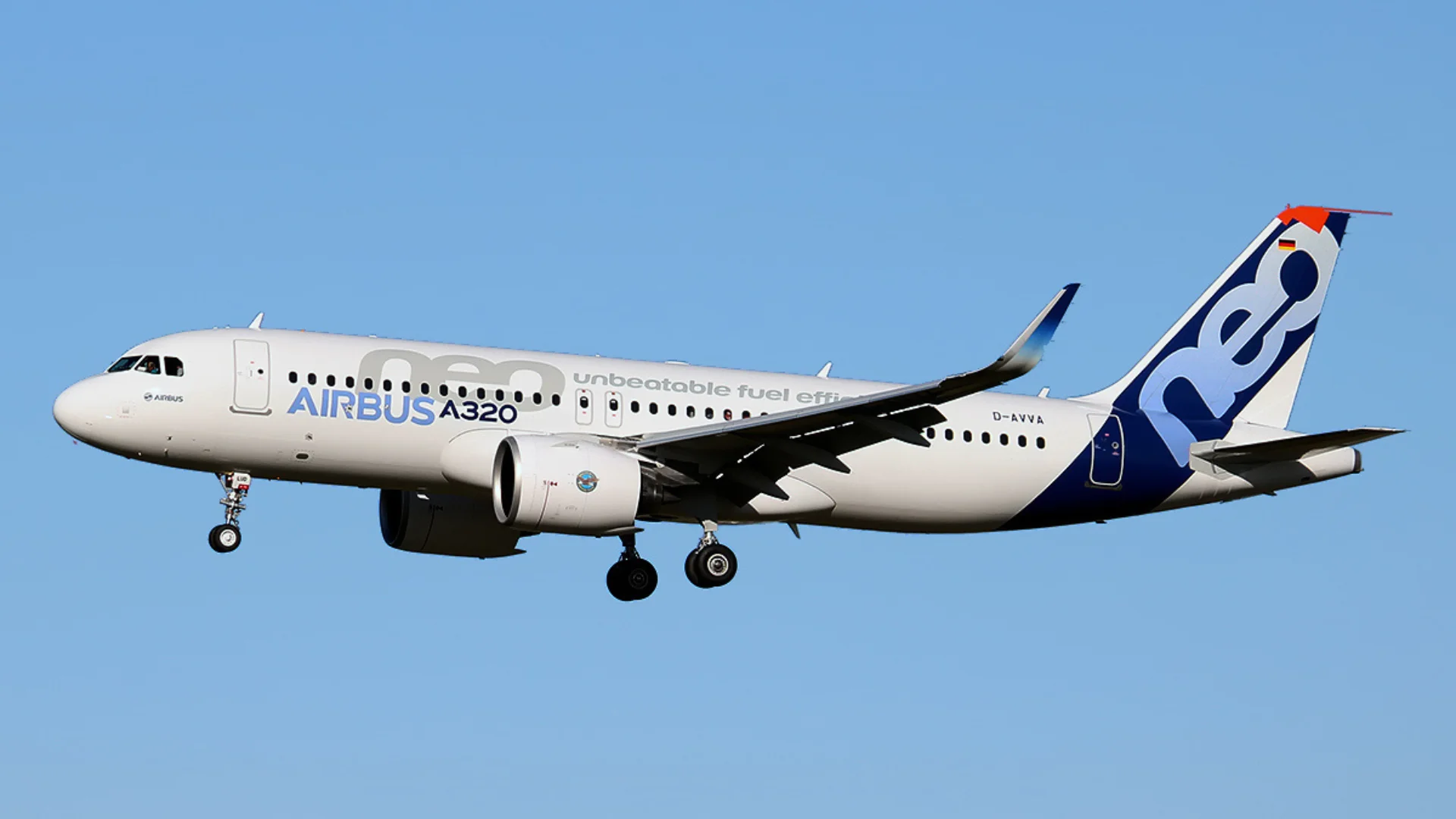Height is another differentiator; the Boeing stands at a total height of 41 feet, two inches (including tail), while its Airbus counterpart measures in at about three feet shorter. However, cabin width favors Airbus: at twelve feet one inch wide versus eleven feet seven inches on the Boeing, which translates into slightly wider seats on longer flights.
Passenger capacity varies with typical configurations ranging from approximately 140–170 for the A320neo and up to around 178 for a standard MAX 8 layout.
Airbus introduced its original A320 in January 1988 with Air France as launch customer. Since then over twelve thousand units across different variants have been delivered globally. Major operators include American Airlines and IndiGo. In recent years Airbus developed new versions such as a stretched model (A321) and smaller ones (A319/A318), with ongoing advancements including introduction of long-range variants like A321XLR capable of flying up to roughly five thousand four hundred miles per trip.
Boeing's response to market demand led it to develop several generations of its own narrowbody jets starting with entry into service by Lufthansa in 1968. Over time more than twelve thousand one hundred examples have entered operation worldwide across multiple series culminating today in production focused primarily on MAX family models.
Despite notable setbacks—including fatal accidents involving Lion Air Flight 610 in October 2018 and Ethiopian Airlines Flight 302 in March 2019 which resulted in a nearly two-year grounding—the program remains commercially strong according to industry sources such as ch-aviation data providers (https://www.ch-aviation.com/). Southwest Airlines currently operates over eight hundred thirty-seven-sevens—one of largest single-fleet operators globally—and continues placing additional orders alongside international carriers like Japan Airlines.
Japan Airlines President Mitsuko Tottori commented during a recent fleet expansion announcement:
"The 737 has been the backbone of our single-aisle fleet for nearly fifty years, and we are honored to continue its legacy as part of our future fleet. We are excited to add more 737-8s to deliver a safe and secure journey to our valued customers with a sophisticated flying experience."
Both manufacturers remain leaders within their segment offering airlines options tailored toward operational needs—from passenger comfort considerations driven by cabin design through advanced technologies supporting greater fuel savings or environmental performance improvements.
 Alerts Sign-up
Alerts Sign-up




































